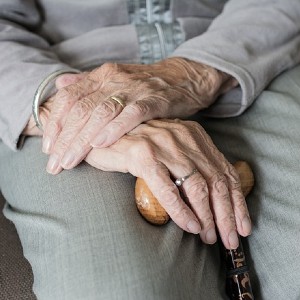The geographic environment and the frequency of falling: a study of mortality outcomes in elderly people in China

Accepted: 28 April 2023
HTML: 3
All claims expressed in this article are solely those of the authors and do not necessarily represent those of their affiliated organizations, or those of the publisher, the editors and the reviewers. Any product that may be evaluated in this article or claim that may be made by its manufacturer is not guaranteed or endorsed by the publisher.
Authors
Falling has become the first and second cause of death due to injury among urban and rural residents in China. This mortality is considerably higher in the southern part of the country than in the North. We collected the rate of mortality due to falling for 2013 and 2017 by province, age structure and population density, taking topography, precipitation and temperature into account. 2013 was used as the first year of the study since this year marks the expansion of the mortality surveillance system from 161 counties to 605 counties making available data more representative. A geographically weighted regression was used to evaluate the relationship between mortality and the geographic risk factors. High levels of precipitation, steep topography and uneven land surfaces as well as a higher quantile of the population aged above 80 years in southern China are believed to have led to the significantly higher number of falling compared with that in the North. Indeed, when evaluated by geographically weighted regression, the factors mentioned found a difference between the South and the North with regard to falling of 81% and 76% for the years 2013 and 2017, respectively. Interaction effects were observed between geographic risk factors and falling that, apart from the age factor, could be explained by topographic and climatic differences. The roads in the South are more difficult to negotiate on foot, particularly when it rains, which increases the probability of falling. In summary, the higher mortality due to falling in southern China emphasizes the need to apply more adaptive and effective measures in rainy and mountainous region to reduce this kind of risk.
How to Cite

This work is licensed under a Creative Commons Attribution-NonCommercial 4.0 International License.
PAGEPress has chosen to apply the Creative Commons Attribution NonCommercial 4.0 International License (CC BY-NC 4.0) to all manuscripts to be published.

 https://doi.org/10.4081/gh.2023.1180
https://doi.org/10.4081/gh.2023.1180




